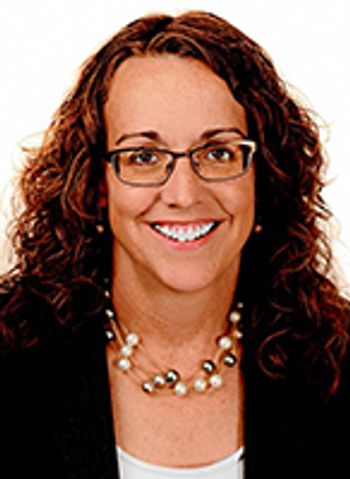
- Spectroscopy-06-01-2020
- Volume 35
- Issue 6
Celebrating 35 Years of Spectroscopy
In celebration of Spectroscopy’s 35th Anniversary, leading spectroscopists discuss important issues and challenges in analytical spectroscopy.
All of us at Spectroscopy are excited to be celebrating our 35th year of publishing. To honor the occasion, we asked leading spectroscopists to share their perspectives on their areas of focus, whether that be a specific technique or an area of application. Some of these articles assess the significant advances that have been made in recent decades. Many address an important current challenge that spectroscopists are working to overcome. Others look at opportunities for the future. Some do all three.
In total, we received 26 excellent contributions, and we are grateful to the thought leaders who took the time to share their views with you, our readers. Given the enormous response, we have made what was originally going to be a single anniversary issue into two, this month and next-for double the impact! In each issue, we include articles that address a range of analytical spectroscopy techniques and applications, to give you a broad sense of where the field of analytical spectroscopy stands and where it is heading.
In this issue, we start with a look at Raman spectroscopy. Zac Schultz of the Ohio State University assesses machine learning for enabling complex bioanalysis with surface-enhanced Raman scattering (SERS). Mun Seok Jeong of Sungkyunkwan University evaluates at the evolution and future of tip-enhanced Raman spectroscopy (TERS) as a quantitative and qualitative analysis technique.
Robert Hannah looks at the gaps in teaching spectral interpretation of both Raman and infrared (IR) spectra. Heinz Siesler of the University of Duisburg-Essen and Hu Yan of Jiangsu University of Science and Technology assess the reality of handheld near-infrared (NIR) spectrometers, and how that compares to the hype.
John Olesik of the Ohio State University considers the strengths and shortcomings of inductively coupled plasma–optical emission spectroscopy (ICP-OES), and in what ways other techniques may (or may not) be able to challenge this technique. Norbert Jakubowski, a former division head at the German Federal Institute for Materials Research and Testing (BAM), considers the promise of ICP-mass spectrometry (ICP-MS) for single-cell and single-protein analysis.
Jerry Workman and Howard Mark-who share our anniversary, given that they have been writing the “Chemometrics in Spectroscopy” column for our publication for 35 years-address an important remaining challenge in chemometrics. Juergen Popp and colleagues at the Leibniz Institute of Photonic Technology consider how molecular spectroscopy techniques can be combined with artificial intelligence methods to make them more effective as process analytical technology (PAT).
Yukihiro Ozaki of Kwansei Gakuin University discusses the strengths of far-ultraviolet spectroscopy, and describes a few applications where those features can provide great benefits. José Manuel Costa-Fernandez of the University of Oviedo describes the advantages of using nanoparticle labels with ICP-MS for the analysis of clinical biomarkers. Dmitry Kurouski of Texas A&M University shows how Raman spectroscopy is aiding agriculture, and Igor Lednev of the State University of New York at Albany explains how Raman spectroscopy can help determine the time of a crime.
Duncan Graham of the University of Strathclyde wraps up our special coverage this month by addressing a very timely question: Can Raman spectroscopy aid in the fight against the current coronavirus pandemic?
These articles highlight the important contributions that analytical spectroscopy techniques have made, and are continuing to make, in the broader field of analytical chemistry and in a wide range of scientific disciplines and industries. They also provide help focus our attention on remaining gaps and significant opportunities.
Please tune in next month for the second half of our special anniversary coverage. There, another set of experts will address questions in these and other techniques and applications.
Articles in this issue
over 5 years ago
Vol 35 No 6 Spectroscopy June 2020 Regular Issue PDFover 5 years ago
Handheld Near-Infrared Spectrometers: Reality and Empty Promisesover 5 years ago
One Real Challenge That Still Remains in Applied Chemometricsover 5 years ago
Far-Ultraviolet SpectroscopyNewsletter
Get essential updates on the latest spectroscopy technologies, regulatory standards, and best practices—subscribe today to Spectroscopy.
Related Content

